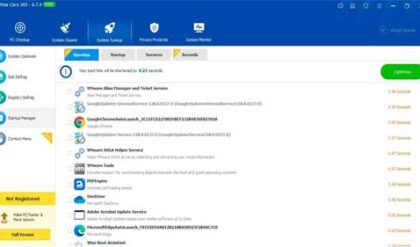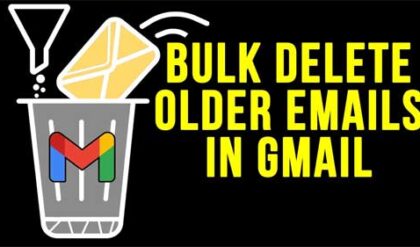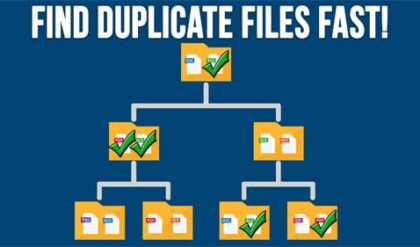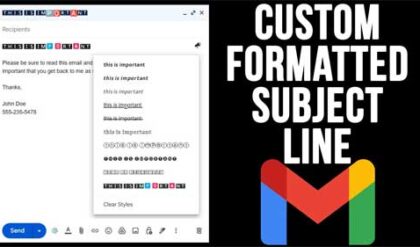The world is constantly evolving with new technologies being introduced at the break of every dawn. As of January 2021, a study indicates that about 4.88 billion people possess a phone. That’s roughly 62% of the world’s population. Compared to the previous year, this number represents an increase of 100 million. (1)
One commonly used technology is call recording. It’s a feature integrated into almost every smart device. In this article, you’ll learn all that you need to know about call recording and how it works.
Definition
Call recording is basically the process of copying and storing conversations you have with another party over your phone’s audio source, such as the microphone. It’s also known as phone recording or voice logging.
A brief history
Call recording has been around for a while now. Its simplest form was the phonograph invented in 1877 by Thomas Edison. This instrument utilized basic components: tinfoil, a stylus, and a horn. The horn intercepted sound waves, which moved the stylus connected to a diaphragm. (2)
The stylus movement marks the tinfoil with indentations depicting the sound waves, which becomes the sound recording. To get the playback, the reverse is done—starting from the tinfoil indentations, through the diaphragm, and then to the horn, which would in this case be the audio output. On this account, it came to be known as the “talking machine.” (2)
Well, this might have been technology at its most basic forms, but back then it was, undoubtedly, a huge breakthrough in engineering.
Modern applications
Numerous sectors have incorporated call recording in the running of their businesses. As of 2019, North America led the world in voice call monitoring systems that were used for various business purposes such as improving customer satisfaction, conducting employee training to enhance performance, securing records of all agreements with customers, among other uses. (3)

The most common fields that used it include
Business and finance: Call recording is mostly used within the customer service department. There are now call recording software programs that help businesses record, store, and retrieve useful information from clients and other customers. If you’re using a CRM tool like Salesforce, you can add more value to the salesforce call log by integrating the app with a more sophisticated call recording tool that makes use of artificial intelligence. Subsequently, the conversation data you obtain will tell you the full customer story and thus you can easily follow up on previous conversations.
Health: When doctors talk with patients over the phone, recording the call helps to capture critical health and insurance information for future reference.
Law enforcement: With a legal warrant, police and other legal enforcers can obtain call records that are helpful in conducting criminal investigations.
Aside from these, there are many other sectors that rely on call recording to successfully operate such as, telecommunications, government units, utility companies, and many more.
Legalities
Before recording a call, you should be familiar with the related legal requirements. For instance, in the United States, every state has its legislation aimed at protecting phone user privacy. Most federal laws require the consent of only one party involved in the conversation for a recording to take place. As such, the second party doesn’t necessarily have to know that they’re being recorded. (4)
Nevertheless, it would be a good idea for you to let the other party know that you’re recording the phone call. You can do this by verbally informing them at the beginning of the conversation, before going deeper into your conversation. You can also notify them with written consent or a repeating beep tone that’ll run throughout the call. (5)
Mode of operation
Now that you’re familiar with call recording, you may wonder how exactly it works. What technology is put in play for calls to be recorded?
As with all technology, call recording has also undergone astonishing upgrades. To date, almost a century and a half after the invention of the first call recording device, this technology continues to cover milestones. Combined with advanced technology, modern call recording these days works impressively across different media, in various configurations.
Configuration
Call recording takes two main forms, physical and virtual.
Physical recordings use either analog or digital lines on a physical recording board. They also require a sound card in a computer server. The sound lines are split into two. The first line advances to the recording extension side, which is the phone, or to the recording trunk side, the Private Branch Exchange (PBX). The other line advances to the recording server.
Virtual call recordings, on the other hand, use Voice over Internet Protocol (VoIP) lines. They don’t require a physical recording board as recordings are done in cloud software. However, the recordings still have to go through recording software in a PC server where the audio pulses are captured and stored.
VoIP records use a Switched Port Analyzer (SPAN) on a central switch. The port is connected to a recorder software. Once the switch detects sound, the connected port sends the sound waves to the recorder software in the PC.
In other words, a call recording takes place after the central switch is triggered. The port then sends the sound waves to the recording software to the PC where the conversation and call details are captured. This is the most common method of how VoIP records are made.
Conclusion
Call recording is a common practice in many organizations and business settings. Analog and digital lines, or VoIP lines are used to tap into phone calls and record conversations between the talking parties.
But regardless of the configuration, call recordings can be useful in businesses for performance assessment, employee training, dispute resolution, among others. Before recording, however, always ensure that you’re well informed of the phone recording laws in your jurisdiction so you don’t fall on the wrong side of the law.
References
- “How Fast Is Technology Advancing In 2021?”
https://techjury.net/blog/how-fast-is-technology-growing/#gref - “America On Record: A History Of Recorded Sound,”
https://www.researchgate.net/publication/290458016_America_on_Record_A_History_of_Recorded_Sound - “Voice Call Recording – Latest Market And Compliance Trends (Infographic),”
https://www.telemessage.com/voice-call-recording-latest-market-and-compliancetrends-infographic/ - “Is It Legal To Record Phone Conversations?”, Source:
https://www.findlaw.com/legalblogs/law-and-life/is-it-legal-to-record-phone-conversations/. - “API Spotlight: Call Recording”, Source:
https://medium.com/ringcentral-developers/api-spotlight-call-recording-208e742c07c4






